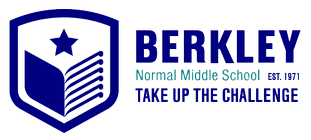What is the PYP perspective on assessment?
The prime objective of assessment in the PYP is to provide feedback on the learning process. All PYP schools are expected to develop assessment procedures and methods of reporting that reflect the philosophy and objectives of the programme.
Assessment involves the gathering and analysis of information about student performance and is designed to inform practice. It identifies what students know, understand, can do, and feel at different stages in the learning process. Students and teachers should be actively engaged in assessing the students’ progress as part of the development of their wider critical-thinking and self-assessment skills.
Everyone concerned with assessment, including students, teachers, parents and administrators, should have a clear understanding of the reason for the assessment, what is being assessed, the criteria for success, and the method by which the assessment is made. The entire school community should also be concerned with evaluating the effectiveness of the programme.
